Weekly Indices
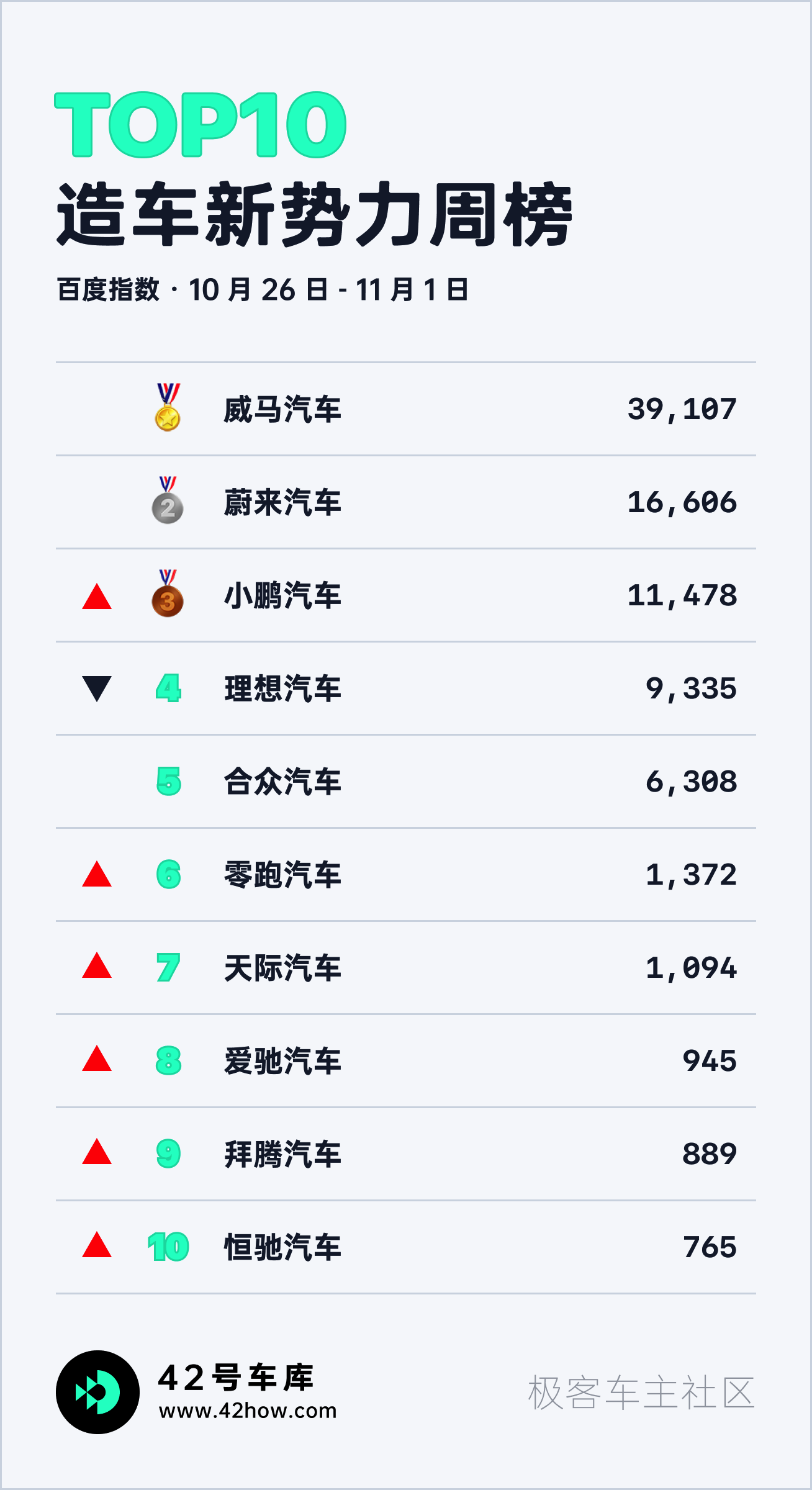
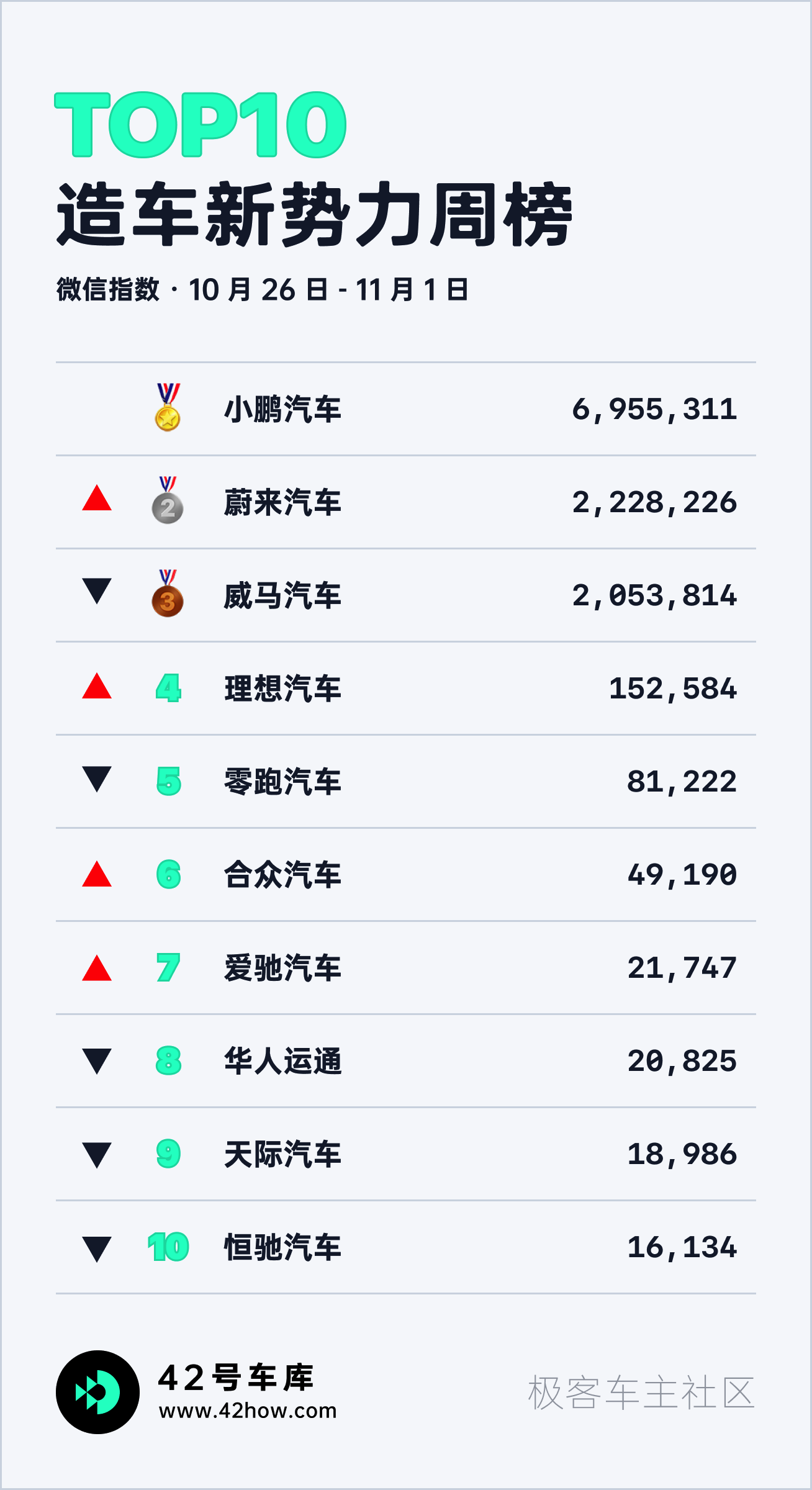
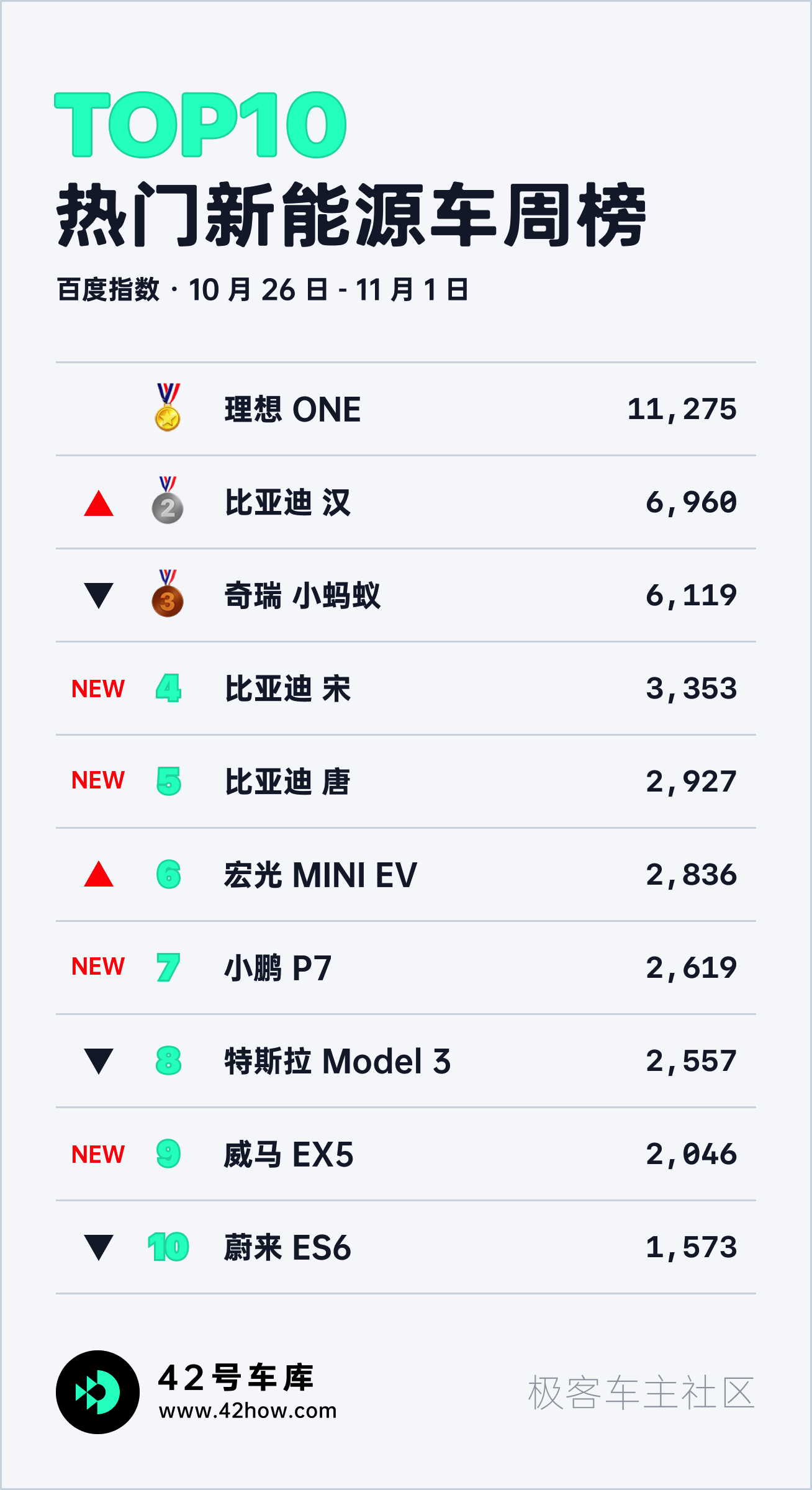
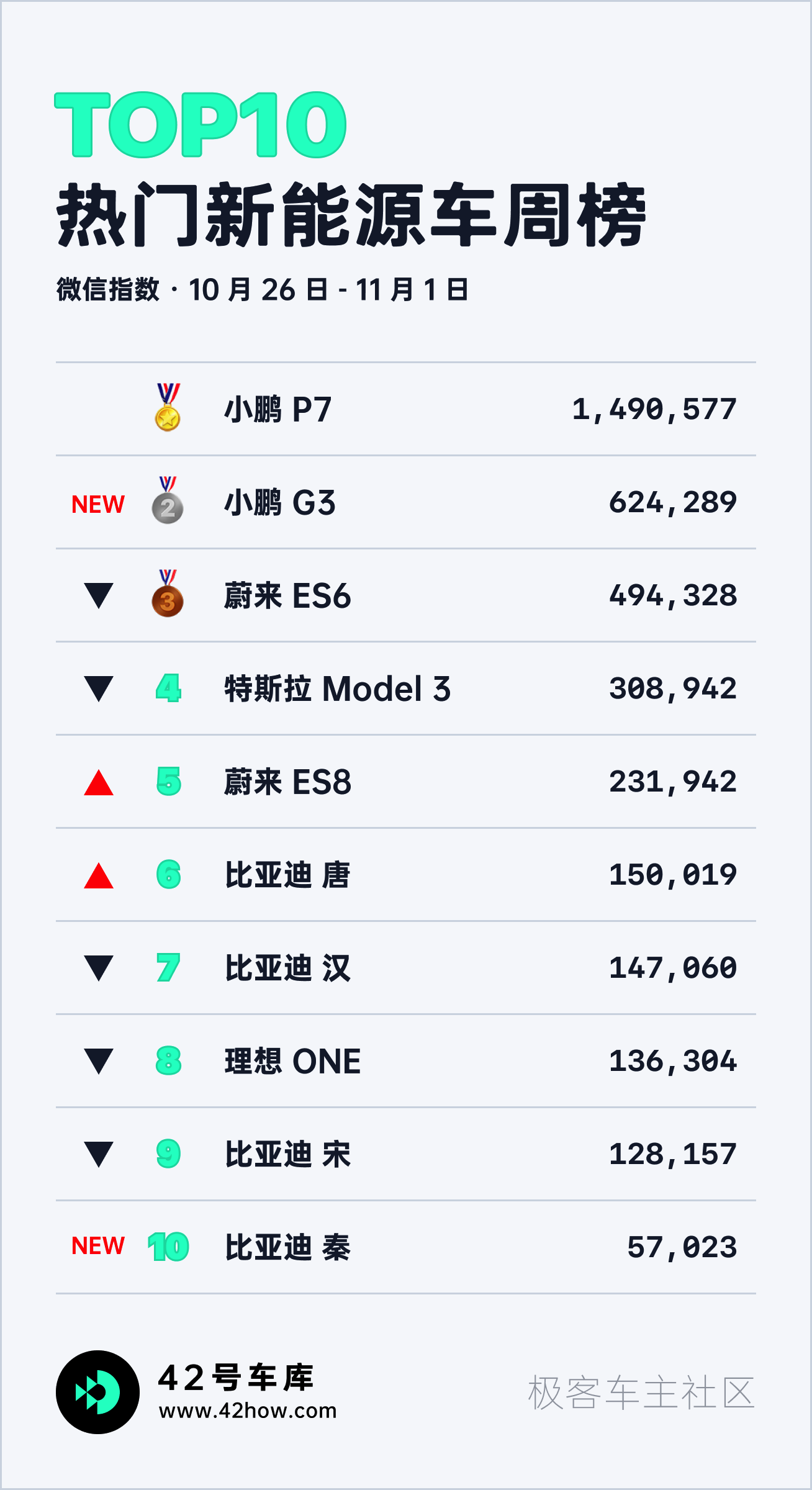
Weekly Headlines
“New Energy Vehicle Industry Development Plan (2021-2035)” released today, with target of reducing average power consumption of new cars to 12.0 kW/100km by 2025
On November 2, the General Office of the State Council released the “New Energy Vehicle Industry Development Plan (2021-2035).” The following are the key points of the plan:
-
By 2025, the average power consumption of new electric passenger vehicles will be reduced to 12.0 kilowatt-hours per 100 kilometers, the sales of new energy vehicles will account for about 20% of total new car sales, highly automated driving vehicles will be commercially applied in limited areas and specific scenarios, and the convenience of charging and swapping services will be significantly improved.
-
Strengthen the innovation of whole vehicle integration technology. Layout the innovation chain of whole vehicle technology with pure electric vehicles, plug-in hybrid (including extended-range) vehicles, and fuel cell vehicles as the “three verticals.”
-
Enhance the basic capabilities of the industry. Build a key component technology supply system by using power batteries and management systems, driving motors and power electronics, and networked and intelligent technologies as the “three horizontals.”
-
Implement breakthrough actions in battery technology. Carry out research on key core technologies such as positive and negative electrode materials, electrolytes, diaphragms, membrane electrodes, etc. Strengthen the research and development of high-strength, lightweight, high-safety, low-cost, and long-life power batteries and fuel cell system shortcomings, and accelerate the R&D and industrialization of solid-state power batteries.
-
Establish a comprehensive standard system for the integrated development of new energy vehicles and related industries, and clarify technical interface standards such as vehicle operating systems, vehicle basic maps, vehicle pile information sharing, and cloud-based control platforms. Establish a cross-industry and cross-domain comprehensive big data platform to promote various data joint construction, sharing and interconnection.
-
Encourage local governments to increase support for vehicle operations in public services, shared travel, and other fields, and provide preferential policies for new energy vehicle parking, charging, and other aspects.
-
Speed up the construction of charging and swapping infrastructure. Scientifically layout charging and swapping infrastructure and strengthen overall coordination and cooperation with urban and rural construction planning, power grid planning, property management, urban parking, etc.
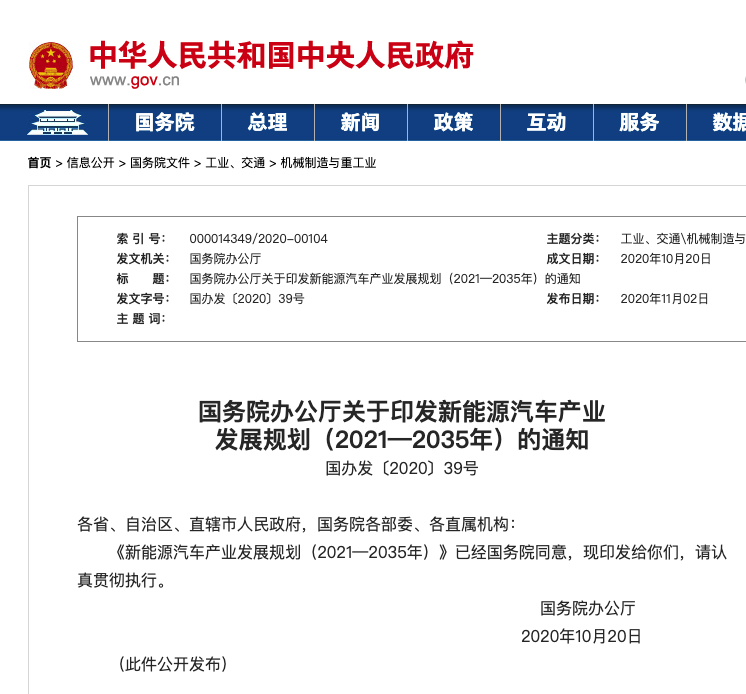
Quick Comment:
Looking back at the 2012 New Energy Vehicle Industry Development Plan, we can see that the sales targets and technical parameters set that year have been achieved. Therefore, we can also see some development directions in this year’s plan.
This time, the policy does not set too many battery technology parameters, but proposes to achieve an average power consumption of 12 kWh/100 km by 2025. From the current perspective, mainstream models are far from this goal, and more efforts are needed in motor and electronic control to achieve this goal.
Once this goal is achieved, it means that a vehicle equipped with an 80 kWh battery can achieve a range of nearly 700 km.
The industrial development plan also mentions more development directions for technology. After 8 years of development, the State Council has a clear direction.
In addition to new energy, the document also mentions a lot of planning for autonomous driving, V2X, and V2G, which are all worth our careful consideration.
NIO’s Delivery Numbers in October Exceeded 5,000, Breaking the Monthly Delivery Record
Today, NIO announced that a total of 5,055 new cars were delivered in October, and the delivery data for each vehicle model is as follows:
- ES6: 2,695
- EC6: 883
- ES8: 1,477
The delivery volume in October increased by 7.4% compared to the previous month, and increased by 100.1% compared to the same period last year. NIO’s cumulative deliveries for 2020 are 31,430, and the brand’s cumulative deliveries are 63,343.
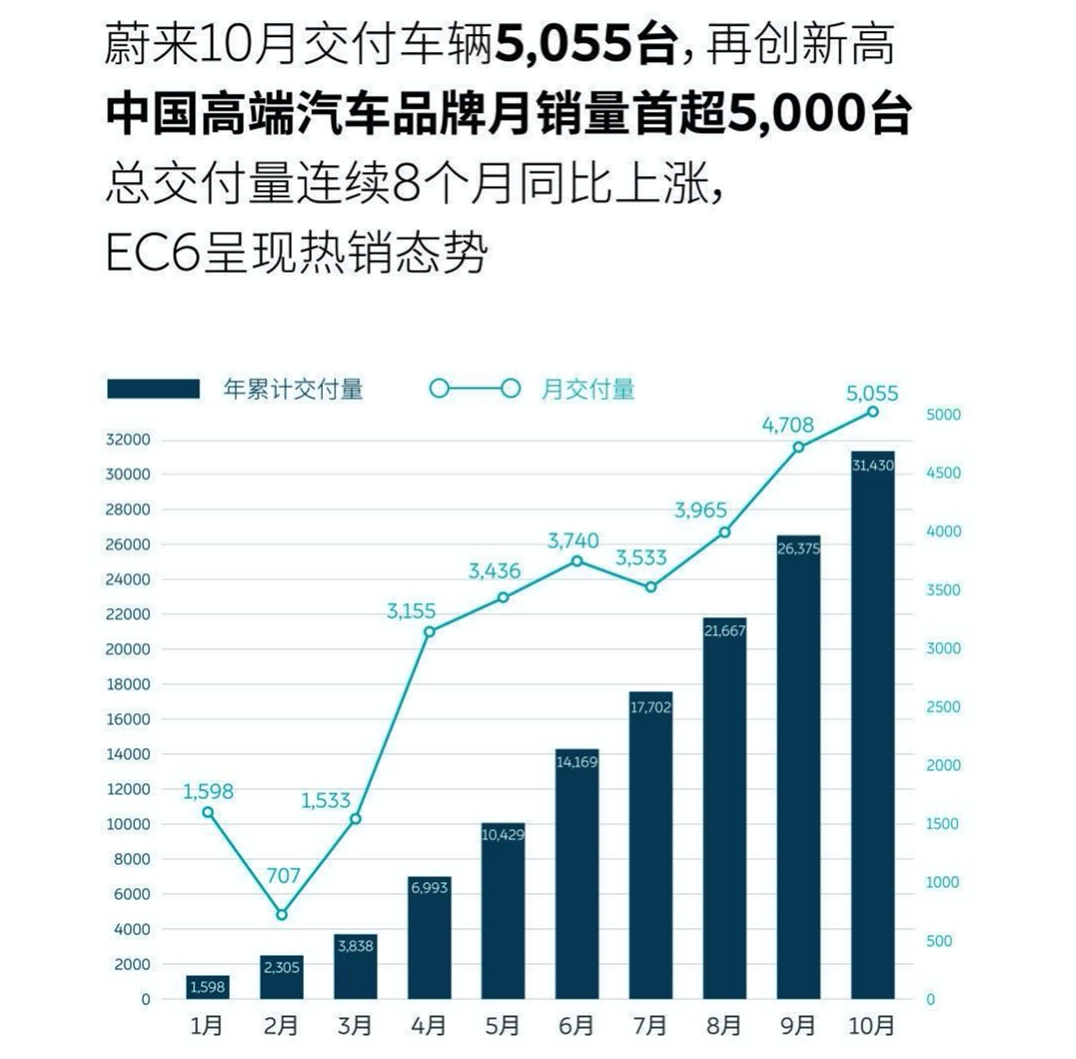
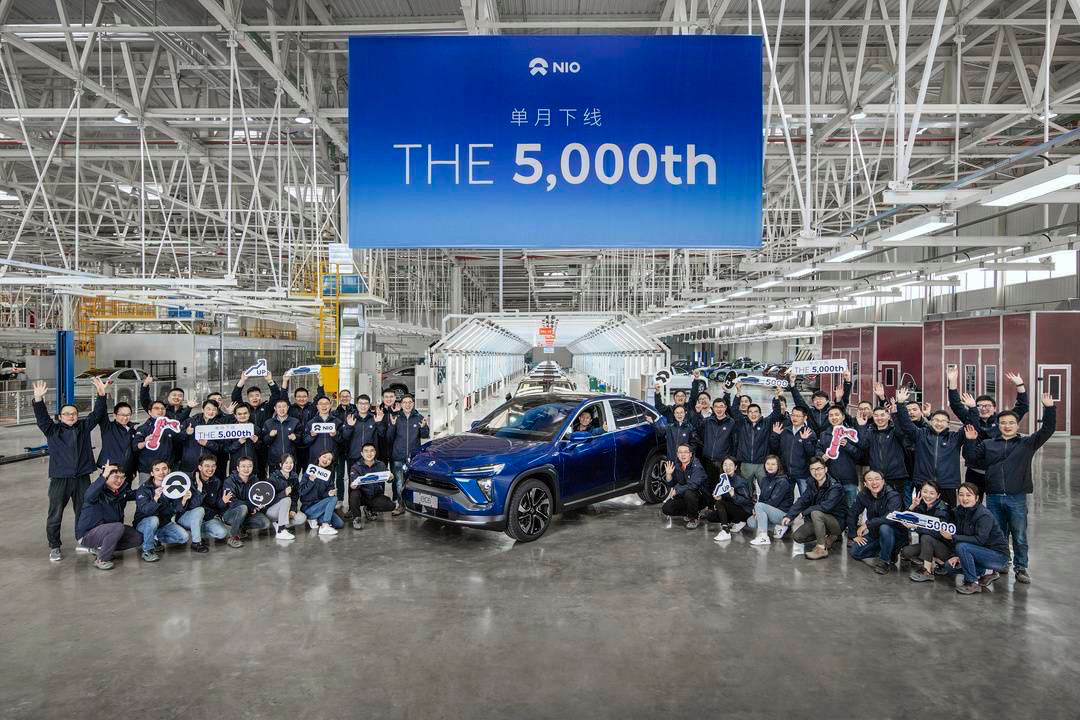
Quick Comment:
Although the month-on-month growth data is not particularly dazzling, considering that there were 8 days of long National Day holidays in October, the delivery volume exceeding 5,000 is very impressive.
In fact, breaking 5,000 deliveries in October was no surprise. On October 13th, NIO officially cancelled its free battery swap policy, while the Shanghai government announced a new restriction on car usage. Both of these policies are highly favorable for new energy vehicles.
Therefore, for NIO, it has already entered the stage of not worrying about orders. The orders for EC6 have been queued up to February next year, and more constraints are in the Hefei factory.From the data disclosed in the previous quarter’s financial report, the single-shift production capacity of the factory in September has increased from 15 JPH to 20 JPH, corresponding to a monthly production capacity of around 4,000 to 5,000 vehicles.
It is worth mentioning that for several consecutive months, the delivery volume of ES8 has remained stable at around 1,500 vehicles, not only the most expensive domestically produced new energy vehicle, but also the best-selling model. After the ES8 sales volume stabilizes, it will greatly benefit NIO’s gross profit margin.
According to NIO’s plan at the beginning of the year, the gross profit in the fourth quarter will reach double digits. From the current sales volume, this is already an achievable goal.
IDEAL delivered 3,692 vehicles in October, achieving a new record
On November 2nd, IDEAL Cars announced that it delivered 3,692 IDEAL ONE vehicles in October, an increase of 5.4% month-on-month and a new single-month delivery record. From January to October this year, a total of 21,852 IDEAL ONE vehicles have been delivered.
As of October 31st, IDEAL Cars has a total of 41 retail centers nationwide, an increase of 6 compared to the 35 at the end of September. It mainly added 6 cities including Haikou, Xining, Weifang, Wenzhou, Taizhou, and Nantong.
Next, IDEAL Cars will open new retail centers in other cities such as Taiyuan, Yantai, Changchun, Baoding, Hohhot, Tangshan, Fuzhou, and Jinhua before the end of this year.

Quick Comment:
IDEAL Cars’ delivery target for this year is 30,000 vehicles. To achieve this goal, IDEAL needs to deliver 8,148 vehicles in the next two months, an average of 4,074 vehicles per month. This not only requires the sales and delivery team to climb new heights based on the current foundation, but also puts new demands on the factory’s production capacity.
But fortunately, the new policy in Shanghai provides a lot of support. According to the sales feedback from the current stores, the policy’s effects are significant enough. As other cities’ stores open one after another, it is not impossible to complete the delivery of 30,000 vehicles if the factory’s production capacity keeps up.
Xpeng announced its October sales data
On November 2nd, Xpeng Motors announced the sales data for October, which slightly declined compared to September.
- 2,104 P7s were delivered, along with 936 G3s. A total of 3,040 vehicles were delivered in October, a year-on-year increase of 229%.
- 17,117 vehicles have been delivered from January to October, a year-on-year increase of 64%.
In September, Xpeng delivered a total of 3,478 vehicles, including 2,573 P7s and 905 G3s.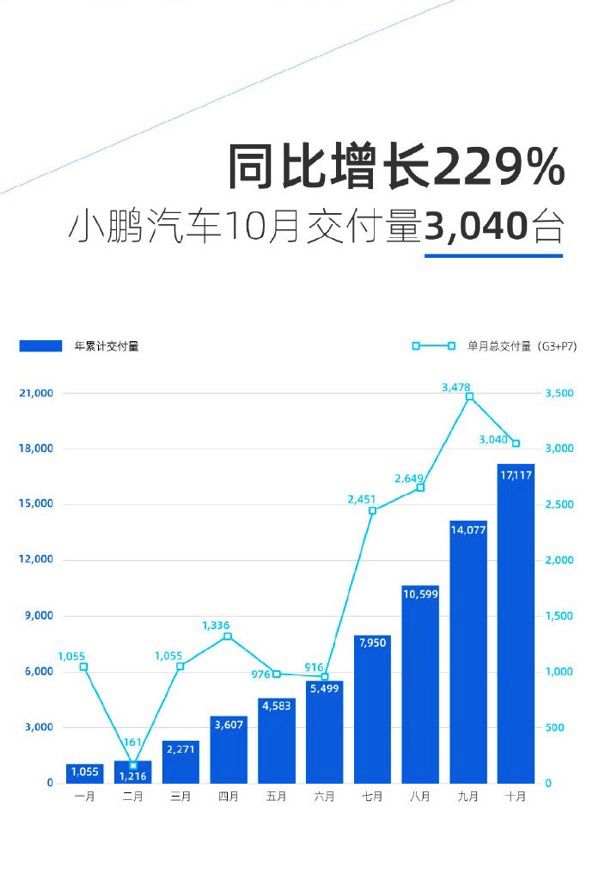
Quick Review:
Compared to September, XPeng’s delivery volume in October has decreased slightly, with P7 showing a more significant fluctuation, with a monthly delivery decrease of 22.3%. There are many possible factors for this result, and the price reduction of Tesla Model 3 during the National Day holiday should be one of the major factors. However, although the delivery volume has decreased slightly compared to the previous month, XPeng’s delivery volume in October still exceeded 3,000.
In addition, the auxiliary driving function that P7 users have been looking forward to finally went online in October, and the NGP and other core functions performed excellently in our test driving experience. Coupled with the current policy tilt in Shanghai, it is believed that it can bring some incentives to the subsequent sales of P7 to a certain extent.
SAIC Volkswagen ID.4 X begins mass production
On October 27th, SAIC Volkswagen announced that the mass production of ID.4 X will begin in Anting, Shanghai. The first ID.4 X has already been officially produced, and there is a difference in naming from the previously exposed ID.4.
Based on the MEB platform, SAIC Volkswagen invested RMB 17 billion in building the MEB factory, which is planned to have an annual production capacity of 300,000 units. As a comparison, Tesla’s Shanghai factory currently has an annual capacity of 250,000 units.
The known information about ID.4 X is a range of 555 km under NEDC, a battery energy density of 175 Wh/kg, and dimensions of 4612/1852/1640 mm (LxWxH), a wheelbase of 2765 mm, and a curb weight of 2120 kg. It is expected to be officially launched in the first quarter of 2021.
Quick Review:
The mass production of ID.4 X marks Volkswagen’s formal entry into the domestic pure electric market. Unlike the oil-to-electric models such as Langyi and Golf electric vehicles previously, ID.4 X and its northern sibling, ID.4 CROZZ, are the first works of the MEB pure electric platform.
The production of these two models will not only bring more policy credits to Volkswagen in the domestic market but also reflect how well the current Volkswagen is accepted in the domestic market.
Tesla’s new center console UI exposed
Recently, foreign Tesla owners have updated the software to version 2020.40.8.12, and the UI interface has changed significantly. The following is a summary of the changes this time:- Change 1: Expansion of the left dashboard area.
The area of the left dashboard, which displays vehicle information, has been increased. Previously, the ratio between the dashboard and navigation areas was roughly 3:7, and now, after the update, the ratio is closer to 4:6.
- Change 2: Optimization of vehicle model and animation effects.
In the parked state, the vehicle model and animation effects in the dashboard are more delicate and realistic. The original blogger demonstrated the animation effects of opening the doors and front trunk, and the displayed content is also very realistic. The opening and closing of doors, windows, and the charging port can all be displayed on the screen.
- Change 3: Changes in the position of the displayed content in the dashboard.
There are two main changes:
One is the gear display, which was changed from a horizontal layout to a vertical layout;
The other change is that, due to the increased width of the dashboard, the Dock bar at the bottom has added a wiper control button on top of the original controls for vehicle control, music, and camera.
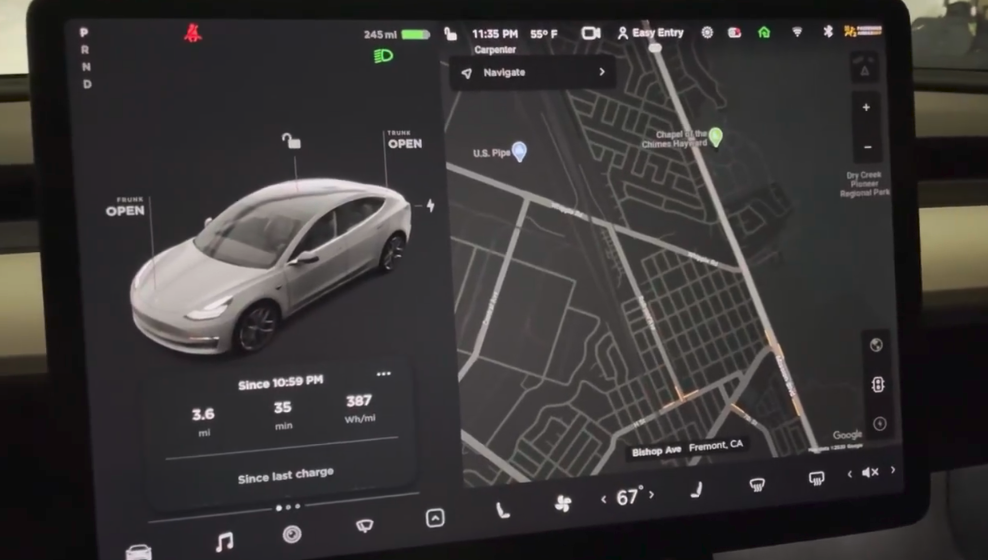
Quick comment:
With the push of FSD, Tesla’s visual interface has more and more information. From the current experience, detailed visual interface is the key to consumers’ willingness to use assisted driving. Therefore, this interaction window is very important before FSD can be truly unmonitored. In addition, putting the windshield wiper adjustment in the top-level menu is very user-friendly for friends who are driving Model 3 for the first time.
This article is a translation by ChatGPT of a Chinese report from 42HOW. If you have any questions about it, please email bd@42how.com.
